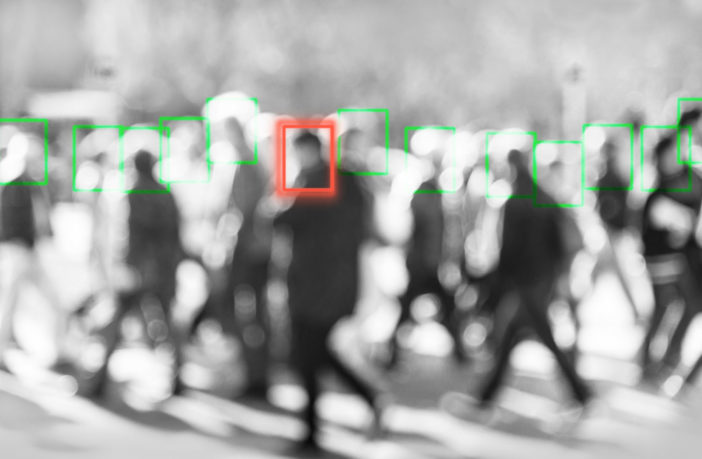In recent weeks, U.S.-Iran tensions escalated to new heights. The U.S. killing of Iranian Major General Qasem Soleimani in Iraq led Iran to launch more than a dozen missiles at Iraqi military bases housing U.S. troops. These events combined with Iran’s support for the Hezbollah group in Central America and South America should raise concerns at the southern border.
Many national security experts suggest that Iran will likely target U.S. military bases, embassies, and cities in the near future. One overlooked scenario is that of Hezbollah, Iran’s proxy Shia Islamist terrorist group, entering the United States legally or illegally and then committing a terror attack. The United States lists the group as a Foreign Terrorist Organization (FTO), but it remains a legitimate political party in Lebanon.
The porous border could appeal to a group like Hezbollah. The idea is plausible considering the group has proximity to the border as it has operated in Central and South America for more than three decades.
Funded by narcotics revenue and the Iranian government, Hezbollah has a large presence in the Western hemisphere and has demonstrated it can wreak havoc. The 1994 AMIA bombing in Argentina and the Alas Chiricanas Flight 901 bombing in Panama highlight the devastating potential the group can bring.
So if Hezbollah can plot attacks in neighboring Western hemisphere countries, could it do the same in the United States?
No one knows how many Hezbollah terrorists may have entered through the southern border, but it is not unreasonable to suspect that it has, or could, happen. What is clear is that U.S. Customs and Border Protection (CBP) prevented more than 3,700 known or suspected terrorists from traveling to or entering the U.S by land or air in FY 2017, some with ties to the group.
In FY 2018, CBP apprehended dozens of foreign nationals from heavily populated Shia countries in the Middle East including Iran, Iraq, and Lebanon. Since 2001, authorities apprehended at least 15 suspected terrorists at the border, some with ties to Hezbollah.
While these figures may appear relatively small, it’s important to recognize that they only represent those who immigration officials caught. And as seen by the horrific events of 9/11, terrorists need only a handful of operatives to execute catastrophic terror attacks.
Due to a porous southern border and lax political asylum laws, the opportunity for Hezbollah operatives to enter the United States remains open. Congress allocated wall funding well short of the Trump administration’s demands, which means thousands of miles of the border remain with little to no barrier. Congress has not reformed the nation’s asylum laws which continue to result in the release of unidentifiable migrants into the country. A Hezbollah operative could enter the United States from an open section of the border or by posing as a fraudulent family member seeking asylum.
Iran has vowed retribution for the killing of Soleimani, and it’s important for officials not to minimize the potential Hezbollah threat at the southern border. Congress, in addition to our intelligence and homeland security agencies, should be proactive in order to mitigate any additional risks from the group.




